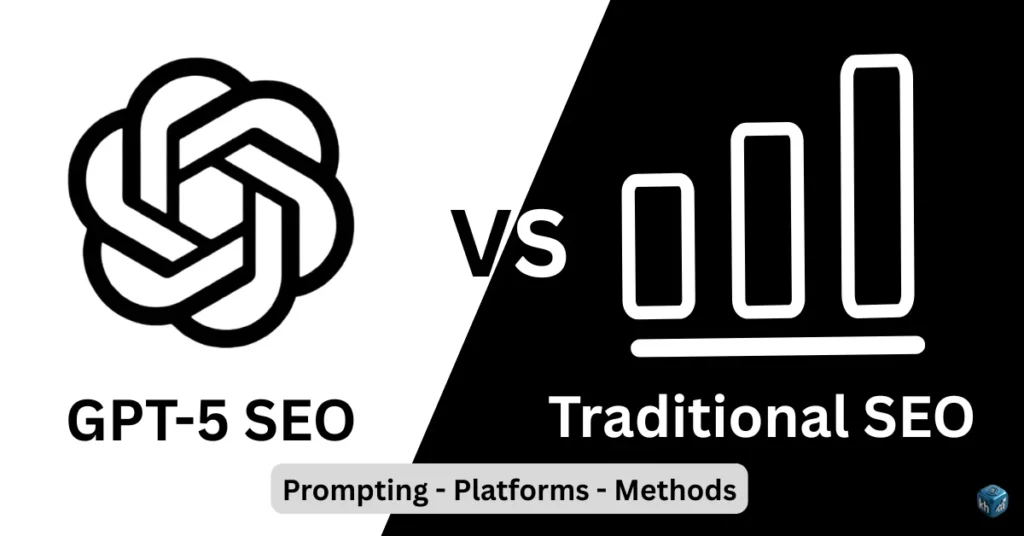December Crawling: Why and how Googlebot crawling works

Crawling plays a critical role in getting web pages into Google’s search results, and this process is handled by Googlebot, an automated program that scans the web to discover new or updated content. Googlebot retrieves URLs, deals with redirects, handles network errors, and passes content to Google’s indexing system. In December, Google is shedding light on lesser-known aspects of crawling and how it impacts website owners, particularly in terms of crawl budget management.
What Exactly Is Crawling?
Crawling is the process through which Googlebot discovers new or updated web pages by making an HTTP request to the server hosting the URL. The bot collects the HTML content and handles any errors or redirects it encounters. However, modern web pages are more than just HTML; they rely on resources like JavaScript, CSS, images, and videos to deliver rich user experiences. This raises important questions about how these additional resources affect a website’s crawl budget and whether they can be cached.
How Googlebot Crawls Page Resources
Just like a web browser, Googlebot downloads the primary HTML of a page and references other required resources, such as JavaScript, CSS, and images. However, Google handles this process in a slightly different way:
- Initial Data Fetch: Googlebot retrieves the HTML from the parent URL.
- Web Rendering Service (WRS): The HTML is passed to WRS, which then fetches the additional resources.
- Rendering: WRS builds the complete page, just like a user’s browser would.
Unlike a regular browser, Googlebot’s process can take longer due to server load considerations. Each resource it crawls chips away at the site’s crawl budget. To mitigate this, WRS attempts to cache resources like JavaScript and CSS for up to 30 days, regardless of the server’s caching settings.
Tips to Manage Crawl Budget Effectively
Google provides some best practices for managing crawl budget, especially for resource-heavy sites:
- Minimize Resources: Use only the essential resources needed to render a great user experience.
- Use a Separate Host: Host resources on a different hostname or a CDN to shift crawl budget usage away from the main site.
- Cache-Busting Parameters: Avoid frequently changing URLs for static resources, as it forces Googlebot to recrawl them unnecessarily.
It’s also essential not to block critical resources with robots.txt files, as this can hinder Google’s ability to render the page properly, potentially affecting its ability to rank in search results.
Monitoring Crawling Activity
To understand what Google is crawling on your site, website owners can analyze server access logs, where each request made by Googlebot is recorded. Additionally, Google’s Search Console Crawl Stats report provides insights into the types of resources Googlebot crawls.
For those deeply interested in crawling and rendering, Google’s Search Central Community and LinkedIn are excellent places to discuss these topics and stay updated on crawling best practices.
Conclusion
Understanding how Googlebot crawls your site is essential for optimizing how your content appears in search results. By managing crawl budget wisely, ensuring critical resources are accessible, and leveraging tools like Search Console, site owners can enhance their visibility and ensure that their pages are efficiently crawled and indexed.


Leave a Reply